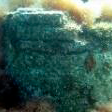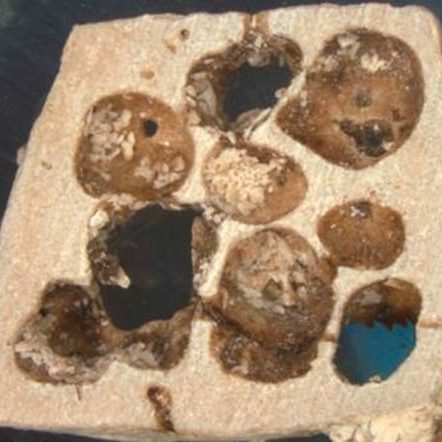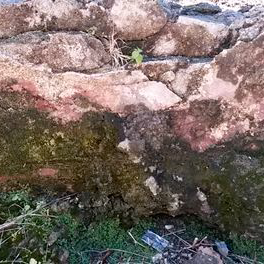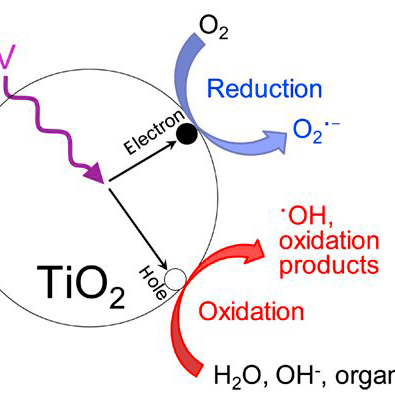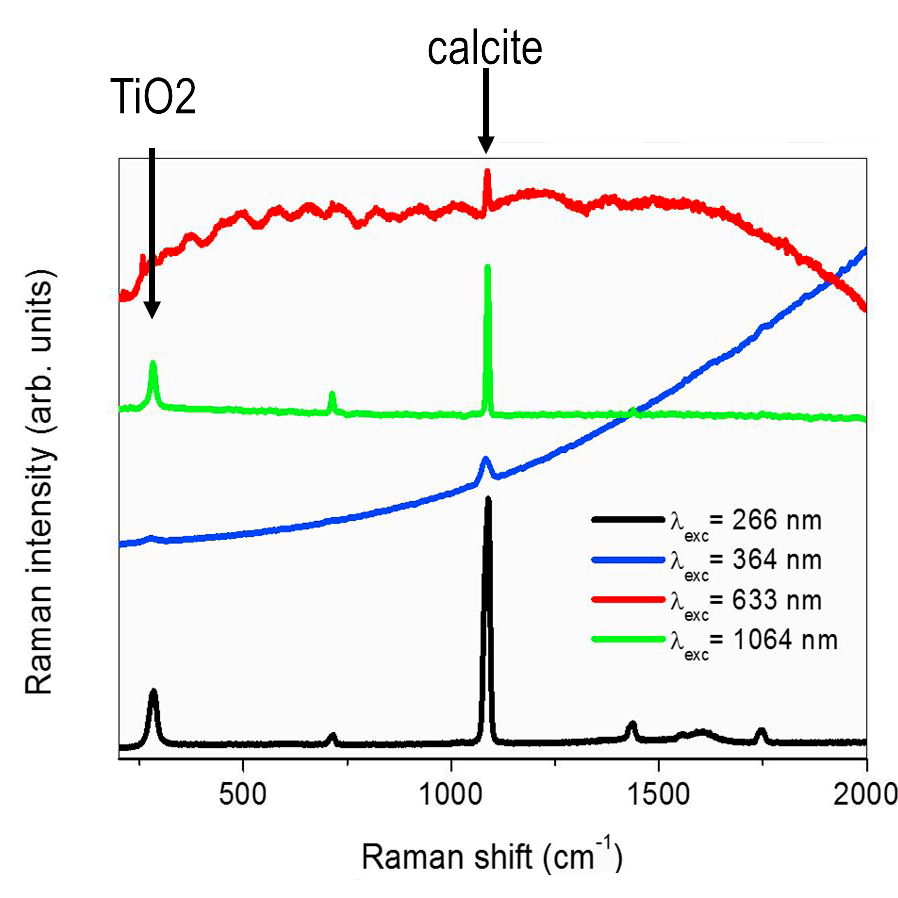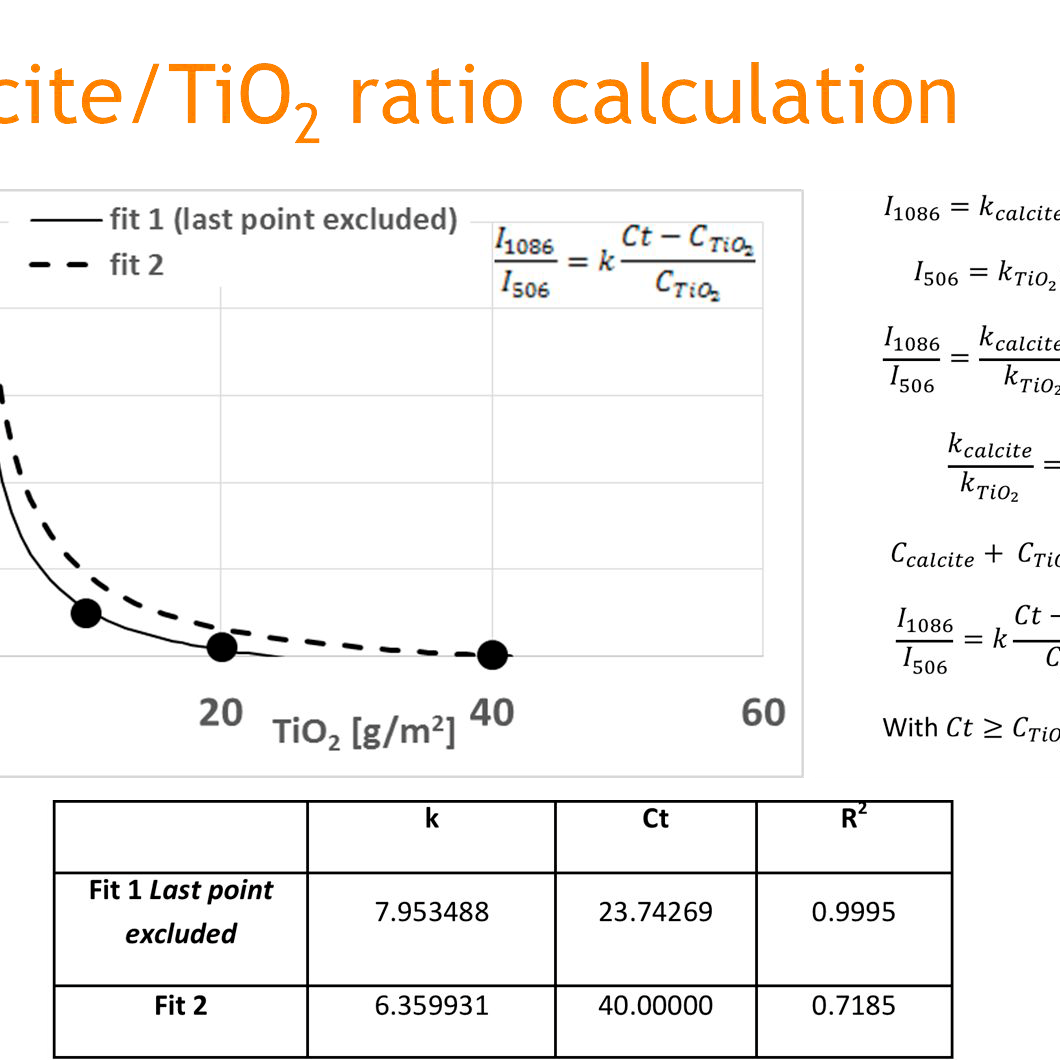Application of UV Resonant Raman for the study of Nanocoatings
Nano-sized titanium dioxide (TiO2), also know as titania, is widely used as photocatalysts for many applications. In particular, nanometric TiO2 represents an effective material thanks to its high chemical stability, non-toxicity and high photo-reactivity; these properties make it potentially useful for conservation aims. Several studies have been devoted to understand the suitability of titanium dioxide nanoparticles as additive for coatings of stone materials, with particular attention of built heritage. Some aspects of the influence of nanoparticles on the hydrophobic features of the coatings, as well as understanding of the long-term behavior of such treatments, are still unclear. Moreover, the behavior of coatings at increasing amounts of nanoparticles is important in order to establish the right quantities to apply on the surface. In order to clarify these points, 30 samples of limestone have been treated with mixtures of nano-sized TiO2/SiO2/PDMS, and then, analyzed. UV Resonance Raman (UVRR) spectroscopy measurements allowed us to evaluate the coverage rate of titania on the stone surface. It has been shown that UVRR represents a successful technique to detect quantitatively the amount of TiO2 on the surface; in particular it has been found that the amount 23.7 g/m2 represents the saturation point of titania on the surface, so higher amounts of such material would not improve the efficacy of the coating; this was confirmed by photodegradation assessments. This result is valid for this specific stone, for other lithotypes different results are expected.
APPLICATION: nanostructured coatings for restoration of stone materials in cultural heritage conservation
Ref: V. Crupi et al., Constr. Build. Mater., 2018, 166, 464–471
The amount and distribution of TiO2 on the surface can be evaluated trough the analysis of Raman bands assigned to specific chemical species in the UVRR spectra
The analysis of experimental data give information on the effective amount of TiO2 retained on stone surface as a function of concentration of nanoparticles in the coating formulation; we observe that a superposition of more TiO2 layers takes place at specific concentrations
THE LAB
ELETTRA SINCROTRONE TRIESTE
Elettra Sincrotrone Trieste participates to InCIMa4 projects with three laboratories focused on the techniques of X-ray Imaging and vibrational spectroscopies for chemical analysis.

